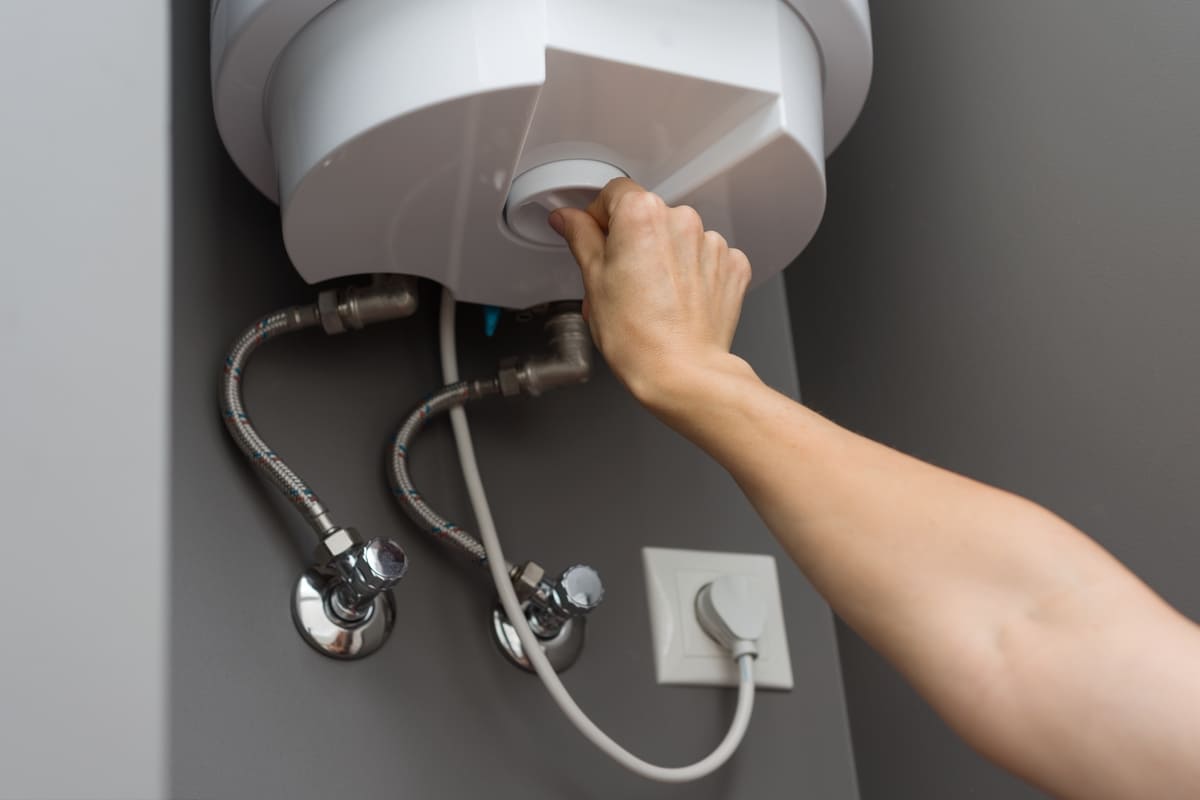Water heaters, commonly known as geysers, are integral to our homes. They provide us with the convenience of hot water for various daily tasks, including showering, washing dishes, and doing laundry. However, knowing how to use a geyser properly and safely is essential to enjoy these benefits. This article will walk you through the steps of using a geyser, discuss different types of geysers, and offer safety tips and precautions.
What do water heaters or geysers do?
A geyser is a water heating device that uses gas or electricity to heat the water inside its tank. Once heated, this water can be used for numerous household tasks, making geysers a valuable convenience in most homes and commercial establishments.
How to use a Geyser?
To use a geyser, follow these steps:
Step 1: Installation
Before you start using a geyser, it’s crucial to ensure it has been installed correctly and securely. As a safety measure, a geyser should be mounted at least 1.8 meters (5.9 feet) above the bathroom floor and away from any areas prone to getting wet.
Step 2: Turn On Your Geyser
Depending on your geyser type, you’ll need to flip a switch (for electric geysers) or adjust knobs (for gas geysers) to control the temperature and gas flow.
Step 3: Wait for the Water to Heat Up
After turning on the geyser, allow some time for the water to heat up. The amount of time required will depend on the type of geyser; while instant geysers heat water quickly, traditional electric geysers may take a few hours to reach the desired temperature.
Step 4: Adjust Thermostat
To optimize energy consumption and safety, adjust the thermostat on your geyser. Typically, setting the temperature between 55°C (131°F) and 65°C (149°F) is ideal.
Step 5: Use the Hot Water
Once the water reaches your preferred temperature, you can use it. Remember to open the hot water tap slowly to prevent a sudden release of hot steam or water, which could cause burns.
Step 6: Turn Off the Geyser
After using the hot water, ensure to switch off the geyser. This step is important for safety reasons and helps conserve energy.
Step 7: Proper Maintenance
Proper maintenance of your geyser is essential for its optimal performance and longevity. This includes checking for leaks, verifying the thermostat’s accuracy, and servicing the geyser by a professional.

Types of Geysers and Their Usage
There are several types of geysers, each with unique features and usage:
- Gas Geysers: These geysers use natural gas or propane and require ventilation for exhaust gases. To use a gas geyser, light the pilot light (if necessary), turn on the gas valve, and adjust the temperature and flame settings.
- Electric Geysers: Electric geysers are powered by electricity and don’t require ventilation. To use one, ensure it’s plugged into a power source, set the thermostat to your desired temperature, and flip the switch.
- Solar Geysers: Solar geysers harness solar energy to heat water, making them an energy-efficient option. To use a solar geyser, ensure the solar panel is exposed to sunlight, check that all connections are secure, and set the temperature (if your model allows it).
- Tankless Geysers: These compact units provide instant hot water without a storage tank. Connect it to a water supply line, adjust the temperature setting, and turn on the geyser.
- Storage Geysers: Storage geysers are the most common type and have a large tank to store hot water. To use one, turn the thermostat to your desired temperature and wait for the tank to fill with hot water.
Safety Tips To Consider While Using Geysers
Using a geyser comes with many benefits but also entails some risks. Here are some safety tips to keep in mind:
- Always mount the geyser securely and away from wet areas.
- Set the thermostat at a safe temperature (between 55°C (131°F) and 65°C (149°F)).
- Don’t use your geyser if it leaks, makes strange noises, or shows any other signs of malfunction.
- Have a qualified plumber install and regularly service the geyser.
- Make sure there are no combustible materials near the unit.
- Never store combustibles such as cleaning agents, paint thinners, or aerosol cans near the geyser.
- Never touch an electric geyser if you are wet.
- Install a carbon monoxide detector near your geyser and check it at least once yearly.
- Have an emergency shutoff switch installed that will immediately cut off power to your geysers.
- Have a qualified electrician inspect your geyser to ensure it is properly wired.
- Finally, always turn off the geyser before leaving your home and when it is not in use. This will not only save you energy but also keep you safe!
Conclusion:
To sum up, Geysers are a great addition to any home or commercial establishment, providing hot water for various tasks. Knowing how to use a geyser correctly and safely is essential to enjoy all its benefits. Follow the steps provided above, familiarize yourself with different types of geysers, and always practice safety precautions when using one. Doing so will ensure you enjoy a geyser’s convenience without any risk!











